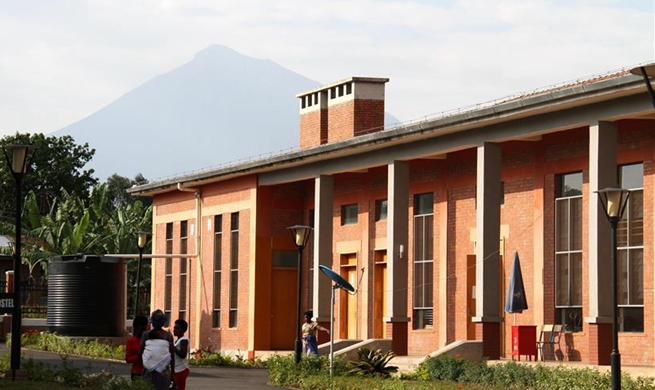NEW YORK, Aug. 13 (Xinhua) -- Airbus announced the successful landing of its solar-powered aircraft Zephyr S after it flew for over 25 days, setting a new world record of flight endurance without refuelling.
Zephyr S took off on July 11 in Arizona, the United States, and stayed aloft at over 70,000 feet (about 21.33 kilometers) for 25 days, 23 hours and 57 minutes, surpassing the old record of 14 days, 22 minutes and eight seconds set by an earlier Zephyr program variant.
"We will in the coming days check all engineering data and outputs and start the preparation of additional flights planned for the second half of this year from our new operating site at the Wyndham airfield in Western Australia," said Jana Rosenmann, head of Unmanned Aerial Systems at Airbus.
Zephyr is a High Altitude Psuedo-Satellite (HAPS) which runs exclusively on solar power. The unmanned aerial vehicle (UAV) harnesses the sun's rays, filling a capability gap complimentary to satellites, UAVs and manned aircraft to provide persistent local satellite-like services. It endures like a satellite, focuses like an aircraft and is cheaper than either of them.
According to Airbus, the aircraft is manufactured from carbon fiber and weighs only 75 kilograms. It has a wingspan of 25 metres, and the wings are covered in solar panels which charge the craft's lithium-sulphur batteries and enable prolonged stratospheric flight.
The Zephyr program seeks to bring new see, sense and connect capabilities to both commercial and military customers, offering potential solutions for disaster management, surveillance and communications.













